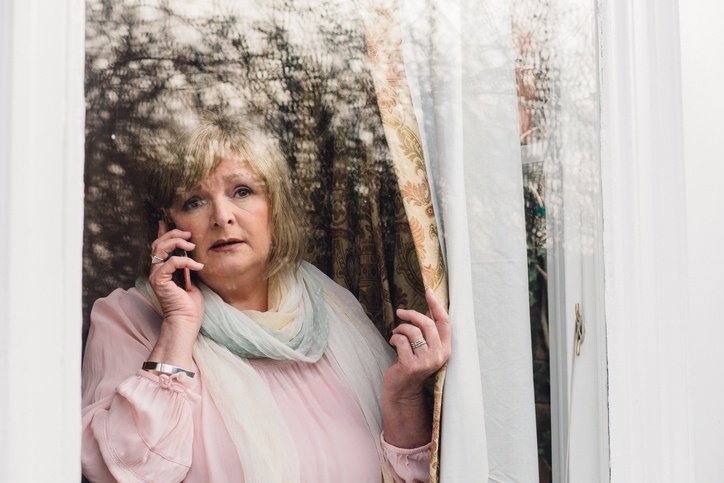Disasters can happen at any moment, and if your family isn’t prepared, they can quickly and completely disrupt normal living.
If there were an evacuation order, does your mom know the recommended route from where she lives? If she doesn’t drive, what are her transportation options? What would your dad do if his basic services — water, gas, electricity, or communications — were cut off and local officials and relief workers weren’t able to reach him right away? Scary thoughts, right? That’s what happened to a group of older adults who experienced a two-week power outage when a massive ice storm hit the Greater Rochester, New York, area. “We were unprepared for such a disaster,” they told the American Red Cross. “If we had only taken a few simple steps to prepare ourselves for such an event, we could have eliminated many of the hardships we had to endure.” Fortunately, advanced care planning can help reduce anxiety. Here are three steps you can take to make sure you and your loved ones are prepared for emergencies and sudden disasters, just in case.
Step 1: Create an Emergency Plan
The first step is to make sure that all relatives and friends know what is happening in the event of an emergency. Create a phone call chain in which your loved one makes an initial call to one person and they, in turn, call the next person and so on. Make sure everyone has the current home, work, and cell phone numbers of the people they’ll need to contact in an emergency. Post these emergency numbers near all your loved one’s phones, and make an extra copy for them to keep in their wallet.
Remember:
In some emergencies, telephone lines might not be working, so also arrange for someone to check on your loved one at the time of a disaster. Next, get a community disaster and emergency plan for your loved one’s area, and learn where they might turn for medical care or emergency supplies of medications. Then, in case they have to evacuate their home, designate a meeting place where your loved one can wait and relatives can find them. Plan the best and quickest escape routes out of their home and evacuation routes out of their neighborhood, and practice an escape drill every six months. If your loved one doesn’t own a vehicle or drive, find out in advance what their community’s plans are for evacuating those without private transportation, or make arrangements with a neighbor who would drive them. If your loved one has chronic health problems, consider ordering them a medical ID bracelet or pendant that can be engraved with important medical conditions, allergies, medications, and emergency contacts.
Step 2: Stock an Emergency Medical Kit
Being ready for an emergency means having the supplies you would need.
An emergency medical kit should include:
- A three- to six-day supply of your loved one’s medications
- An up-to-date medication list
- Any medical equipment they might need, such as blood sugar monitoring equipment, hearing aids and hearing aid batteries, or an extra pair of eyeglasses
- Copies of medical records
- Copies of Medicare, Medicaid, or other medical insurance information
Step 3: Make a Disaster Supplies Kit
A disaster supplies kit should include your loved one’s medical kit equipment as well as things they would need to survive safely in their home until help can arrive. Store the supplies in a few easy-to-carry containers, such as backpacks or duffel bags, or containers that have wheels. Be sure the bag has an ID tag. Review the contents at least every six months or as your loved one’s needs change.
A disaster supplies kit should include:
- Enough water to last three to six days (at least 1 gallon per person per day)
- At least a three-day supply of canned and dried foods that won’t spoil and don’t require cooking
- A manual can opener
- A flashlight
- A battery-powered or hand-cranked radio
- Batteries
- Waterproof matches
- Knife
- Resealable plastic bags and tin foil
- Disposable cups, plates, and utensils
- Basic cooking utensils
- Emergency whistle
- Cell phone with chargers or solar charger
- Local and regional maps
- A complete set of clothing per person
- One blanket per person
- At least $50 cash
- Emergency contact list
- Basic hygiene products, such as soap, toothpaste, toothbrushes, sunscreen, hand sanitizer, and toilet paper
- A first aid kit
There is no way of knowing when something may happen, so it is important to acknowledge potential hazards and exercise proper advanced care planning. For a complete guide, download our eBook Getting Your Affairs in Order: A Guide to Advance Care Planning and Emergency Preparedness.

